How and when to transplant indoor plants in the fall?
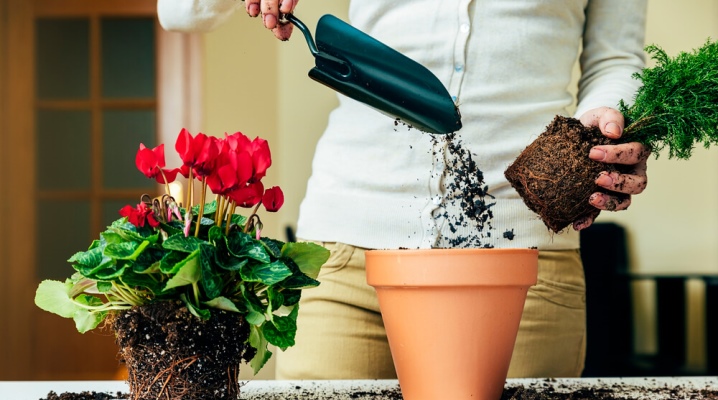
Indoor plants need replanting, especially in autumn. This process will improve the appearance of the plant and prepare it for the winter dormant period. Let's take a closer look in this article on how and when to transplant indoor flowers in the fall.
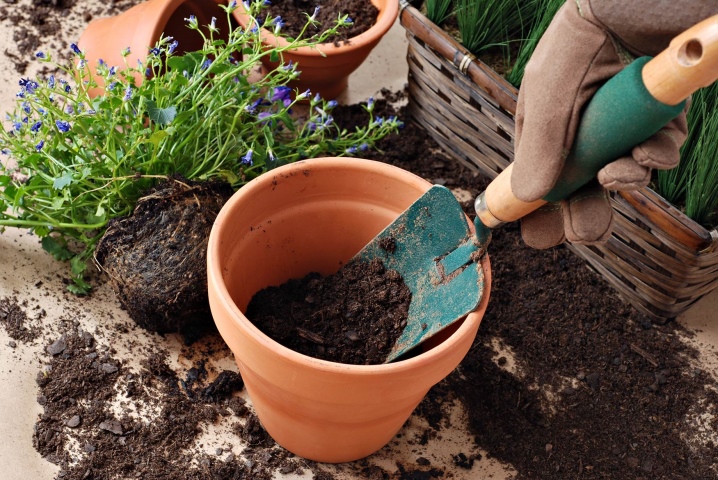
Indications for transplantation
Transplanting indoor flowers should be done in the fall in the following cases:
- a clod of earth dries up pretty quickly - this indicates that the root system has increased significantly in size, so the pot can no longer accommodate a sufficient amount of water for its active development;
- the indoor flower has a sick appearance, although the earth is constantly moist - the cause of such a problem may be the presence of rot on the roots with frequent watering, in this case it is the transplantation and removal of diseased roots that will make the plant healthier;
- the plant looks healthy, but grows very slowly - the cause of such a problem can be compacted soil, as a result, oxygen poorly enters through it, therefore only transplanting into new soil can eliminate this problem;
- the crown has grown, which led to the instability of the home flower - the solution is to replace larger containers.
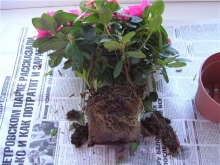

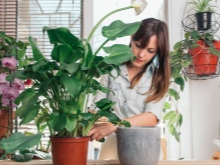
Timing
The optimal time for transplanting indoor plants is the end of the dormant period. At this time, they prepare for the subsequent growing season, as a result, transplanting becomes less stressful. The choice of the specific timing of the transplant depends on the specific type of indoor flower. It is imperative to take into account the flowering time, flower age and other parameters. It is necessary to heed the following recommendations for the timing of transplanting indoor flowers:
- young flowers, as well as those that grow rather quickly, must be transplanted every year;
- adult plants are best transplanted once every few years;
- if the plants grow in one tub, then transplantation is possible once every 5 years;
- it is better to make an autumn transplant of indoor plants in September, when the days are still quite warm, during this period the plants will more easily survive a stressful situation.
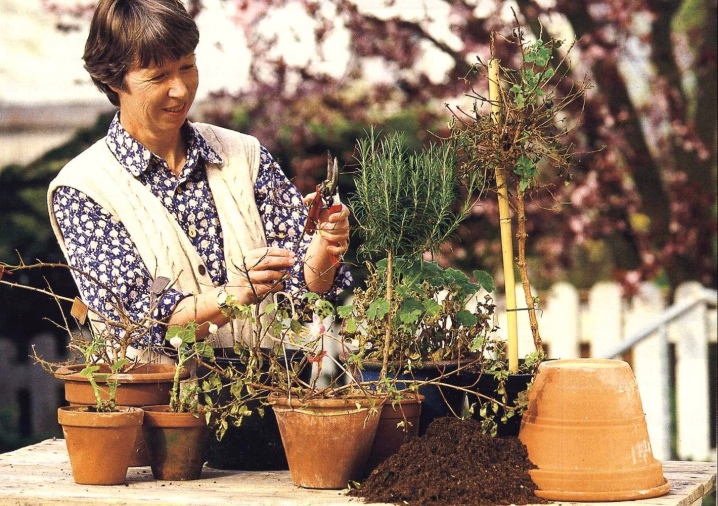
Quite often, flower growers resort to using the lunar calendar, because they use it to determine the optimal days for plant transplantation.
According to the lunar calendar, this process is influenced by the phases of the signs of the zodiac and the moon. So, indoor plants grow magnificently in the waxing moon phase, while it is located in such constellations as Pisces, Cancer, Taurus and Scorpio.

Instructions
Preparation
The transplanting process begins with preparation. It is recommended to follow several steps in order to properly transplant indoor flowers in the fall.
- Remove the plant from the flower pot. To do this, it is recommended to thoroughly wet the soil. After the pot is turned over, knock on the bottom and gently pull out the plant. If the soil does not separate well from the pot, you can use a knife to separate the lump of dirt from the walls.
- Root system processing. First, you need to remove the old soil. Next, you need to inspect all the roots, while removing rotten and dried ones. The cuts should be processed using crushed charcoal. Small roots should be carefully untangled, and a dense ball should be cut off altogether, so the roots will begin to grow faster.
- Choosing a pot for transplanting. It is imperative to purchase a larger pot, at least a few sentiments, if a young flower is transplanted. If a diseased flower is transplanted, while more roots were cut off, then the transplant container may be smaller than the initial one.
- Drainage. It is worth filling the bottom of the pot with clay shards or shells to prevent the possibility of a blind closure of the holes. After that, you need to fill in a layer of sand, while its height can be from 2 to 3 cm if the plant has long roots. But for representatives with a small root system, it will be necessary to create a layer of sand much higher, about half the pot.
Important! If the flower has a large crown, is bushy or tree-like, then additional weight should be used, which will be used for better stability. Stones are great for weighting.
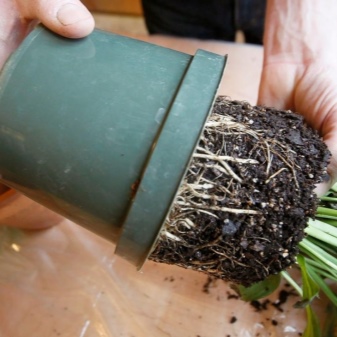
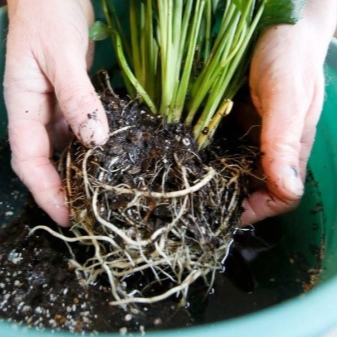
Process
The process of transplanting indoor plants in the fall includes several stages.
- Initially, you need to pour soil, put the plant on top and fill the neck of the roots by 2 or 3 centimeters. The earth should be tamped with your hands, but very carefully. After that, you need to water the plant and add a little more soil.
- The transplanted plant must be placed under scattered rays., while it is very important to exclude completely watering and the presence of drafts.
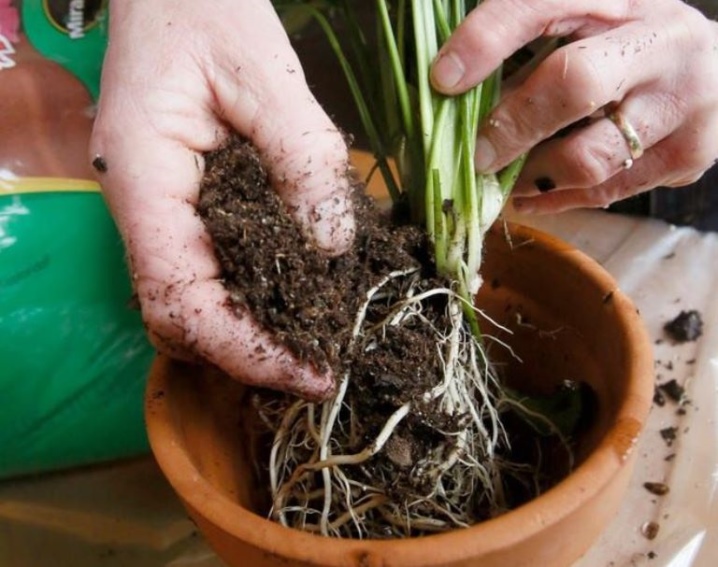
Follow-up care
After transplanting, houseplants need follow-up care.
- The first watering after transplanting can be done no earlier than 7 days later.... But this does not mean that the plant does not need moisture. It is recommended to spray the leaves every day.
- If an adult plant has undergone a transplant, then it should initially be placed in the shade, only after a while it will be possible to return it to its old place.
- According to the advice of experienced professionals, it is worth pinching or trimming the ends of the stems, which allows you to improve nutrition and provoke active development and growth.
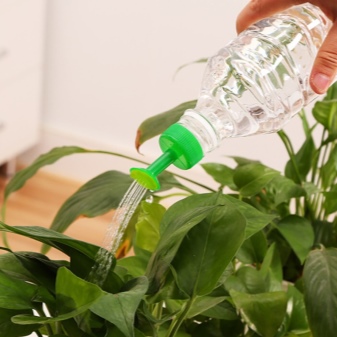
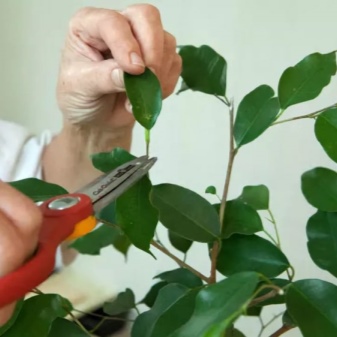
Timely transplantation of domestic plants allows them to be protected from various diseases.
In some situations, it is the diseases that force the immediate transplant. The leaves of the plant begin to dry out and wither, the buds become dry. In this case, it is necessary to transplant, because the cause may be spoiled soil, rotting of the root system or pests. Before transplanting, you should carefully examine the root system, remove all dry and rotten parts. Before planting, the roots of the plant should be rinsed with a weak solution of potassium permanganate... If desired, they can also be treated with growth stimulants.
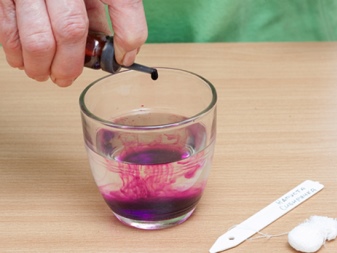
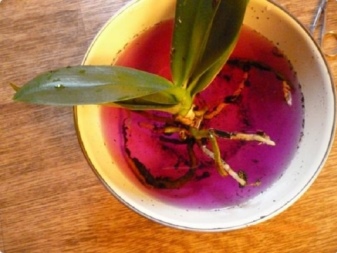
You should be very careful about the transplant of arrowroot, azalea, fern, fat woman, campanula and palm trees., since they have rather weak roots, as a result, it is rather difficult to tolerate a transplant. Quite often, flower growers emphasize that an adult plant is very difficult to tolerate a transplant if it has been growing for a very long time in one place. There is a possibility of breaking it during the transplant process.
Important! The first feeding is possible only after a few weeks, preferably in a month, while the plant should look healthy.

Common mistakes
Quite often, inexperienced gardeners resort to transplanting home plants in the fall. As a result, they make a lot of mistakes. It is worth listening to the following tips.
- Do not deepen the root collar, if the process concerns woody plants.
- Do not plant in a large pot, while not using drainage, in that case it will grow poorly, and over time, such a capacity can provoke flooding and rotting of the root system.
- It is forbidden to make top dressing after transplantation, after all, such actions will lead to a burn of the root system, the plant will not be able to take root and will die.
- remember, that the soil for transplanting already contains all the necessary components for the transplanting process to take place as invisibly as possible for the plant.
- If the leaves begin to lose turgor, you need spray them regularly with water.
- If the plant is suffering from cold, then you can make greenhouse conditions for him, if you put an ordinary bag on it.
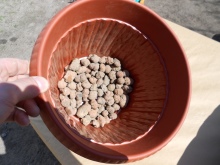
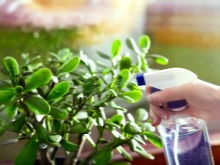

Transplanting indoor flowers is a very important procedure that requires skill, knowledge and accuracy. Since the procedure is complicated, during it you can significantly damage the flower.
For an autumn transplant of indoor plants, see the video below.































The comment was sent successfully.